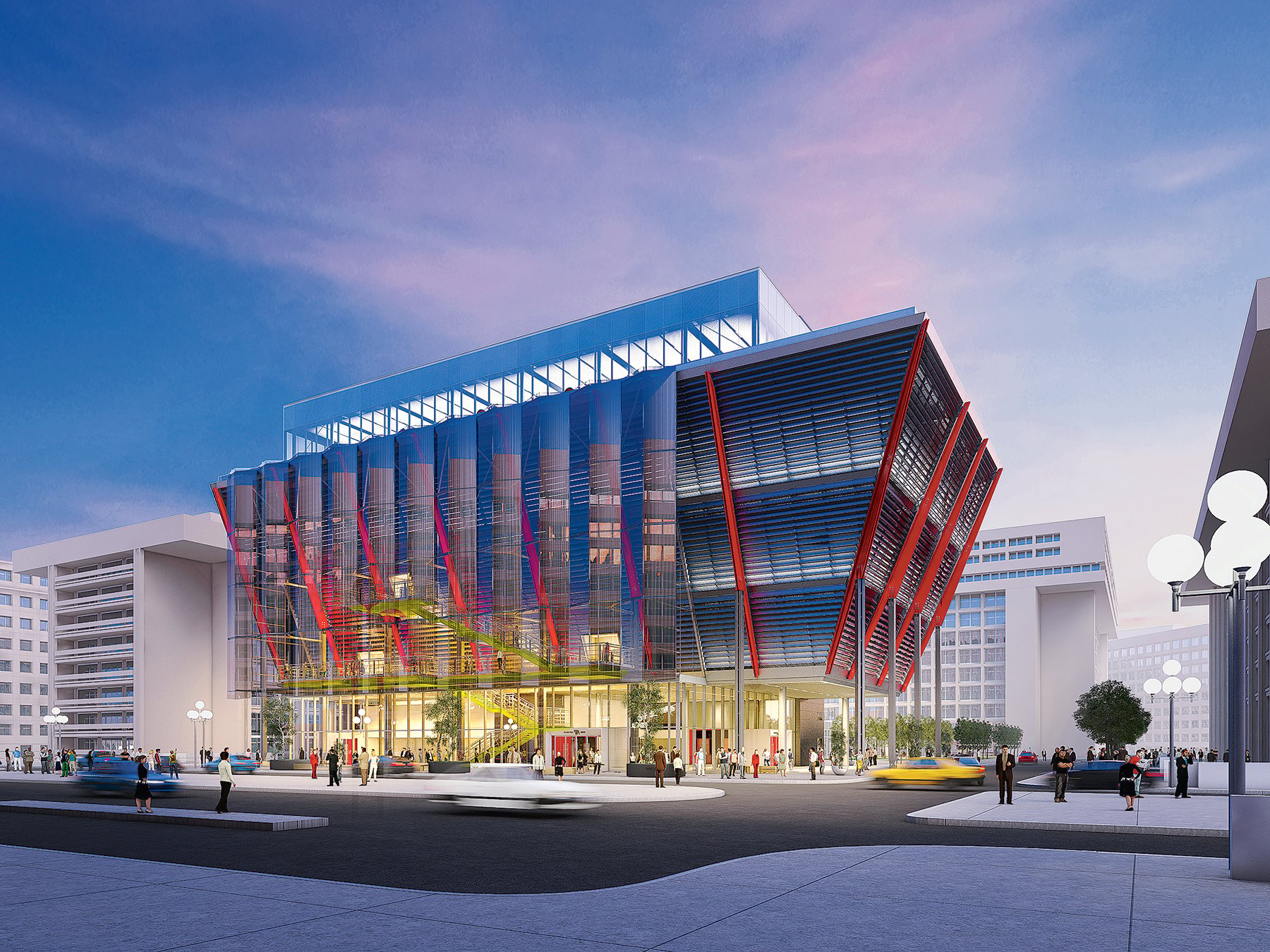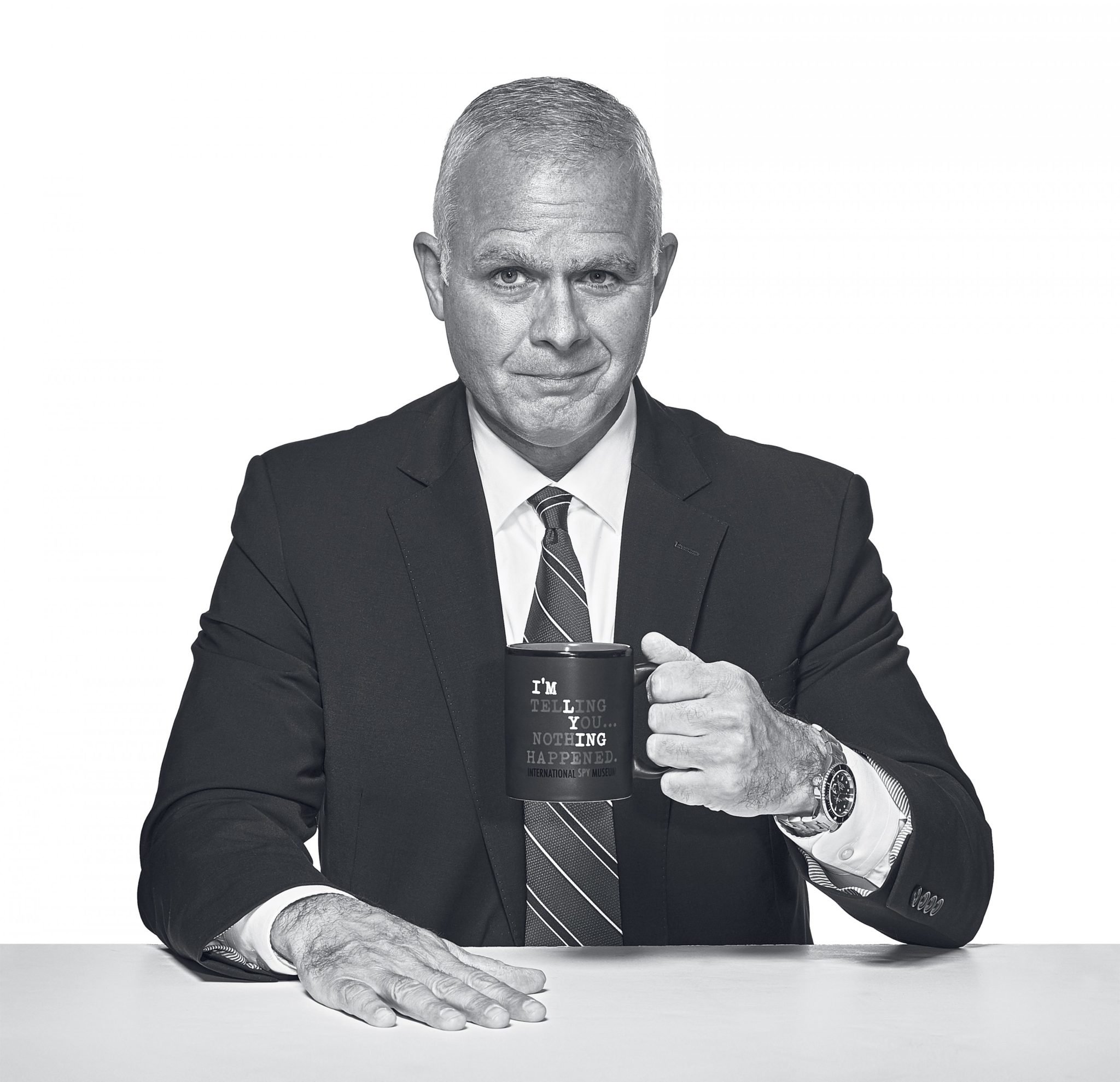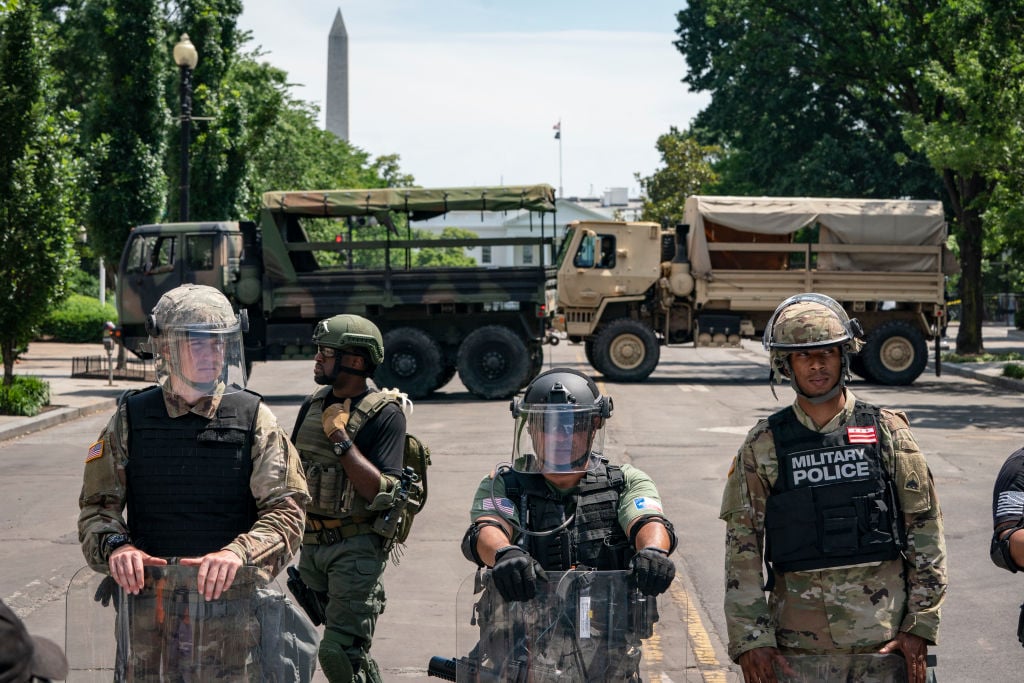Christopher Costa spent two decades as an Army counterintelligence specialist, six years mentoring Navy SEALs, and 13 months on President Trump’s National Security Council. So in some ways it makes perfect sense for this expert in international spying to run the International Spy Museum.
But Costa, who started his job as executive director in February, takes over at a big moment for the private museum. Next year, it will move from its cramped F Street, Northwest, location to a flashy new building at L’Enfant Plaza where, among other things, it can show off many of the 5,000 rare objects that intelligence historian and author Keith Melton donated last year.
How will a guy with zero museum experience handle that transition? To find out, we caught up with Costa at his bright office overlooking Penn Quarter, which has mementos from his military career and a muted TV tuned to cable news (“A very bad habit from working at the White House,” he says). I asked if it was okay to record the interview. “We expect you to record in the Spy Museum!” he said.
This seems like a good time to ask what Americans don’t understand about intelligence.
Intelligence professionals spend their whole life trying to prevent politicization, because their integrity, like a journalist’s integrity, is so crucial to what they do. For a whole year, I was at the National Security Council, and people who don’t understand would confuse that with being a political appointee. Everyone on my staff was a career professional from the intelligence community. So any time that we have an opportunity to inform, educate, and entertain, that’s sort of the mission of the museum.
But it’s hard to make points like that when, say, the President is consistently saying something else.
When we watch this thing develop on TV, or the fact that people in the White House may have been naive and are unwittingly being developed by a foreign intelligence service, I think it’s a tremendous opportunity to use the current climate very objectively. We’re not talking about current events [at the museum], but when you educate people on our exhibits, they start to draw the parallels.
A lot of our information about intelligence comes via entertainment.
That’s true. I love the pieces of The Americans that I feel are very much true to how things played out during the Cold War.
What don’t you like about The Americans?
Sometimes it’s hyperbolic, or sometimes the good guys do things that the good guys wouldn’t do, based on my experience. Nobody wants to see what an intelligence officer does most of the time. Because it’s not really super-cool—you’re behind a computer writing a report.
Are there any other programs or movies you feel do a good job of showing what the intelligence community does?
Hitchcock’s Topaz was one of my favorites on tradecraft. And [the 2006 movie] The Lives of Others. I had my lunch eaten by the East Germans as a young captain in Europe. After watching that movie, I said, “Holy cow, that’s how the East Germans operated.”

How are you going about learning the museum trade? Was anything from your old job portable?
I think it’s all transferable, and that’s what I tried to convey to the team here. There’s not an artifact in the museum that I don’t have some connection with somehow. You know, a guy like me wants to immediately touch Kim Philby’s jacket. And then the curator very politely says, “Chris, before you do that, you need to put this glove on.” So that’s the piece that I have to learn. Press engagement and telling the story—that’s not natural for me, but of course I did that at the White House. But I was very judicious. Here I’ll be less judicious on who I talk to.
That must be a big change, being able to talk about what you do.
It isn’t entirely different, because I believe that we have to inform the American public, the world public, on what it is we do.
Do you take national-security concerns into account when you’re thinking about exhibits or education?
Absolutely. I have a lifelong obligation, as does every other intelligence officer, to make sure we don’t divulge classified or sensitive information. So we’re very cognizant of that. Even talking about my background, I’ve sat with the staff and told them kind of where I wouldn’t go.
What do you have in the works for the new building?
We have an exhibit on analysis. I think that’s tremendous, because now we have an exhibit that talks about analytical bias, cognitive bias, and it’s going to be done in a way that we can talk about Pearl Harbor, 9/11, places and times in history where our biases led us down a wrong analytical path. So I am very excited about the new exhibits, the space, the fact that we have over 5,000 more artifacts.
You also used to teach national-security studies. How does that mesh with your intelligence work?
After 9/11, while I couldn’t deploy right away, I started teaching nights at a community college. One of the criticisms I got—and I got great feedback—was: “Chris, we wish you told more stories.” And again, I was very conservative. So now I can tell more stories.
This article appeared in the May 2018 issue of Washingtonian.


















